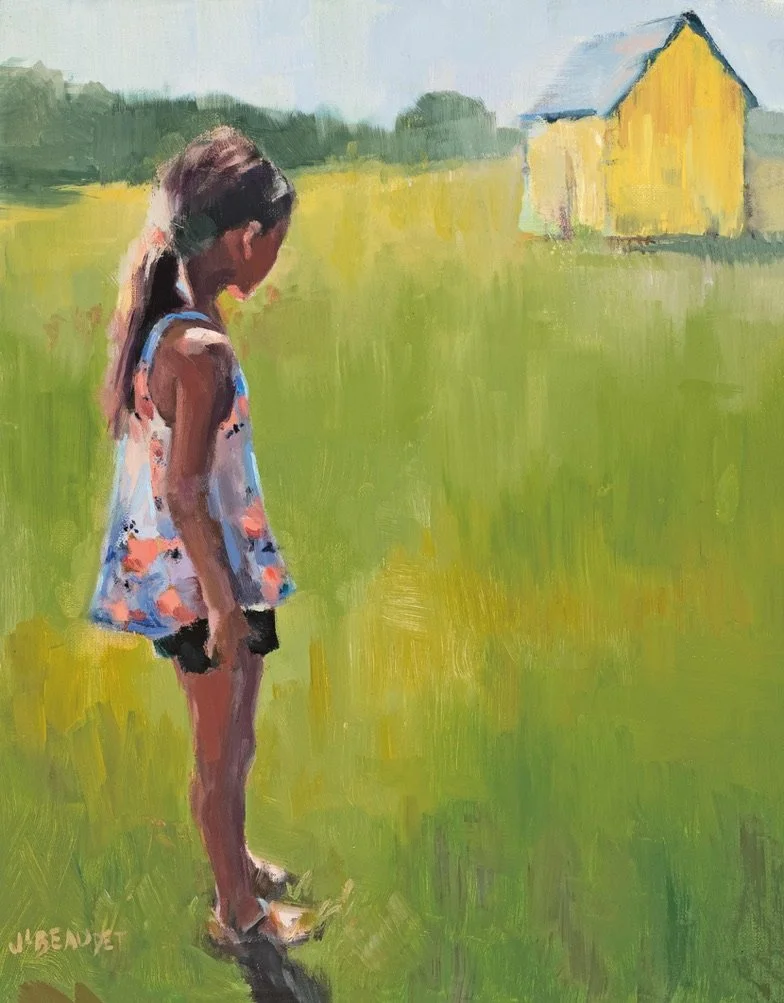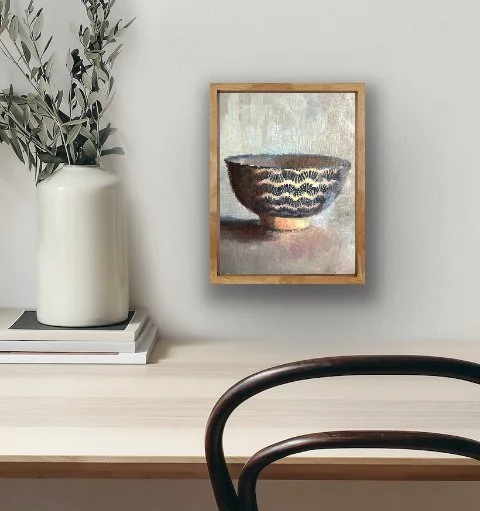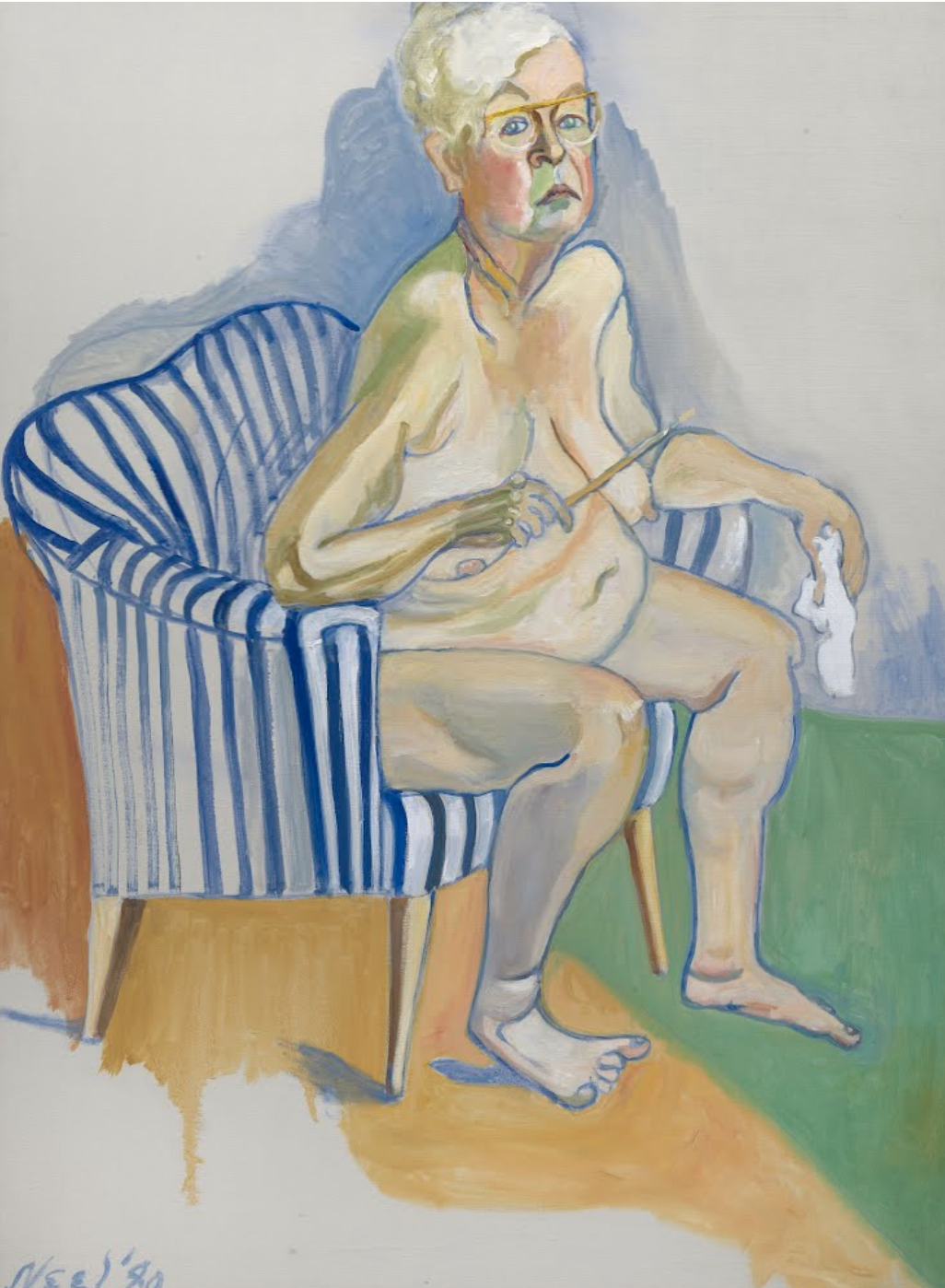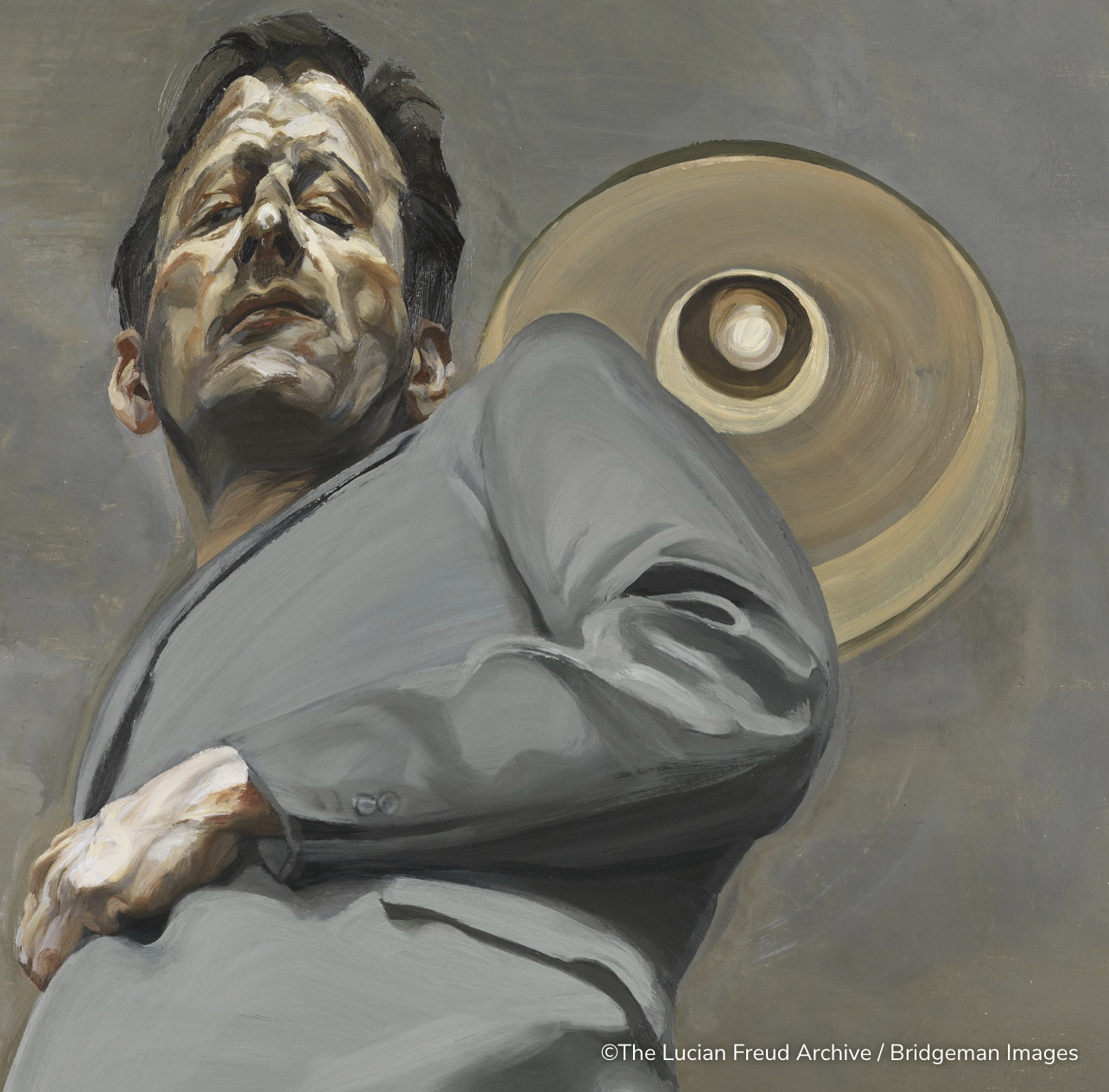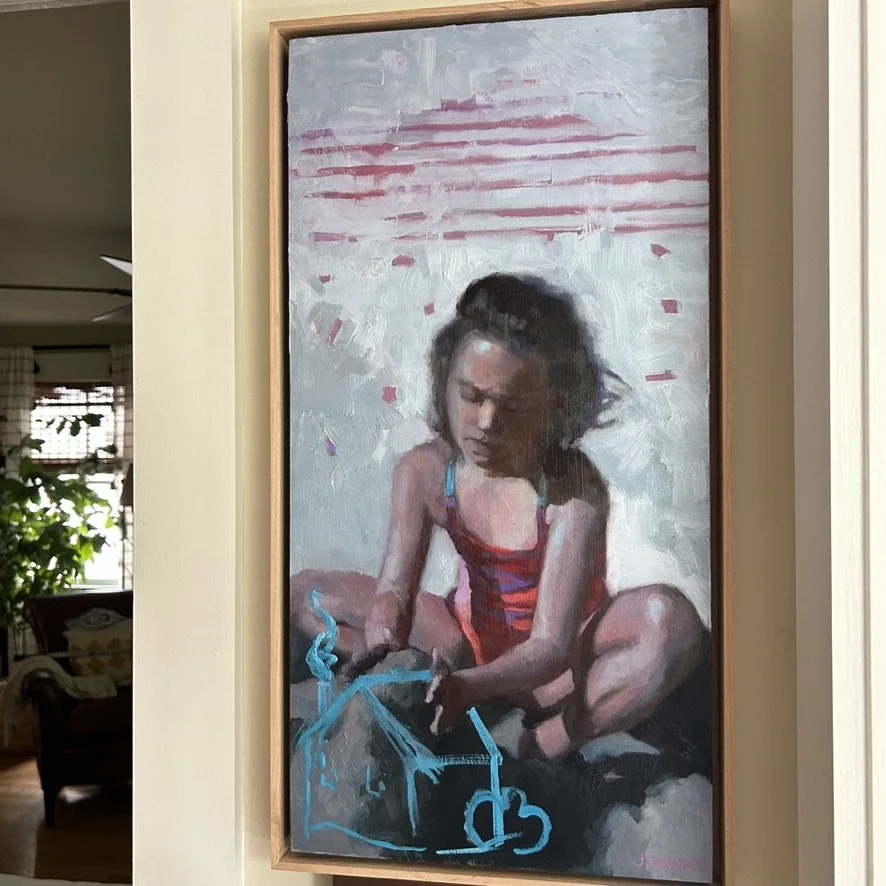brushstrokes matter
“Painting is just another way of keeping a diary” - Pablo Picasso
Over the years that I’ve been painting I’ve had a lot of comments from people about how much they love my brushstrokes. Do you want to hear more about why I paint them? I’ve put a bit of thought in to this topic and there is more to it than meets the eye.
For starters, let’s talk about good old intuition.
Before any training at all, this is the way I would innately lay down paint. Loose, brushy, and intuitive. It’s taken me a while to figure out why that is.
I’ve experimented with “tightening up” my brushstrokes and I’ve experimented with laying down even thicker and juicier marks. There is room for all of it in my work but there is definitely an innate tendency that I have toward the way I approach my brushwork and enter a state of “flow” during painting.
Believe it or not, something as seemingly insignificant as why I innately gravitate toward a style of brushstroke has led me to a lot of deep introspection. There is something extremely freeing in letting my intuition guide my hand. Perhaps an act of defiance. Rebellion of paint? No silly. It’s a rebellion of myself. A letting go of control. It gets deep. That might be a whole different post. But I’ll just leave it here for now. My brushstrokes are a statement to myself. If I’m listening closely, there is a challenge and a response interplay.
It’s a tactile thing. Texture comes from visible brushwork.
During these colder, grayer months, this point rings especially true. Simply put, I like to be surrounded by handcrafted and textured items. It gives me the warm and cozies.
I also feel connected to the maker and that gives me a nice feeling. I’d like my art to provide that feeling to its viewer.
What I want to say starts with intention. Brushstroke is one component of that language.
Oil paints are so versatile in their ability to be applied thinly or thickly depending on mediums and pressure of the artists hand. From thin layers of translucent glazes to impasto applied ala prima style, the artist controls the viscosity and body of the paint.
As a beginner a few years ago, I only knew one way of painting. Dip the brush in thick paint and put it down on canvas. Since my artistic training, I have a sincere appreciation for the techniques of old masters and the extent of temperature and value variation that can be achieved by layering thin translucent layers - especially in skin tones and shadows.
I don’t know that I’ll ever stop playing with the range of textures available to me to describe my subject. Where I place thick brush strokes is much more deliberate than it was in the past. I can play with flattening or bringing focus to an area. I can deepen empathy or enhance whimsy. I have options now and I intend to use them to my advantage.
Alice Neel (self portrait)
Vermeer’s Woman Holding a Balance
Detail of Freud’s Reflection with Two Children (self portriat)
My artwork is a piece of me and I get to leave my own mark with it.
Perhaps this sound a little egotistical, but as a woman and a caregiver, I appreciate first hand how our society and culture has told us through the years to put others before us. How we are judged and how we judge ourselves for a “selfish act” of self love. That it’s not socially acceptable to state our own worth and that as we get older we can become invisible.
Cynicism aside, my paintings are a reflection of my journey and my experience. While I aim to honor the nature of the subject I paint in a representational and realistic manner, I don’t want to do that at the expense of leaving my own viewpoint and mark.
I paint what I see as beautiful or moving in this world. I’m not here to make political statements or point out all the sadness and despair that exists. Those commentaries are extremely powerful in a visual representation and I’ll leave that to other, more capable artists.
I’m here to share what brings me comfort and joy and add a piece of my own personal experience. There is a powerful healing quality in that journey for me and it exists within the those marks.

